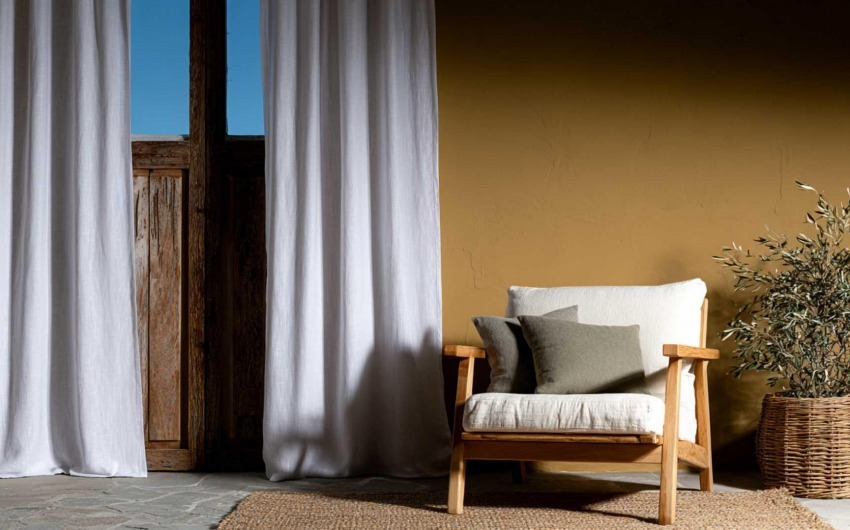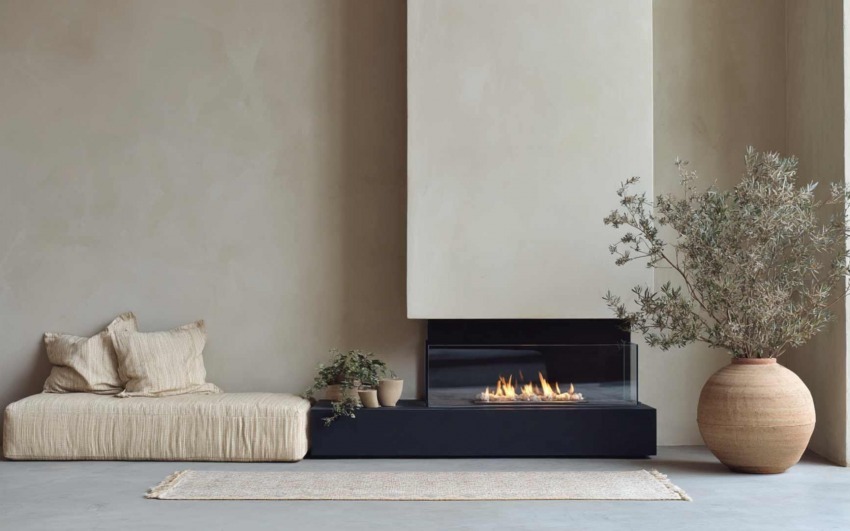3/14/2025
But what is the secret to achieving harmony in interior design? Balance is not just about furniture arrangement—it also involves color coordination, material selection, and spatial proportions. In this article, we’ll explore the key principles that can turn a cluttered and unbalanced home into a refined and harmonious space.
1. The Principle of Visual Balance
A well-designed space conveys a sense of order and calm. Achieving visual balance can be done in three main ways:
Symmetrical Balance: Objects are mirrored on either side of a central axis, common in classic and formal interiors.
Asymmetrical Balance: More dynamic and modern, this approach distributes elements evenly without strict symmetry.
Radial Balance: Objects are arranged around a central focal point, like a round table surrounded by chairs.
Practical Example
A living room with two armchairs symmetrically placed around a fireplace creates a sense of order, while an asymmetrical layout—like a sofa paired with a tall plant and a lamp—feels more dynamic.
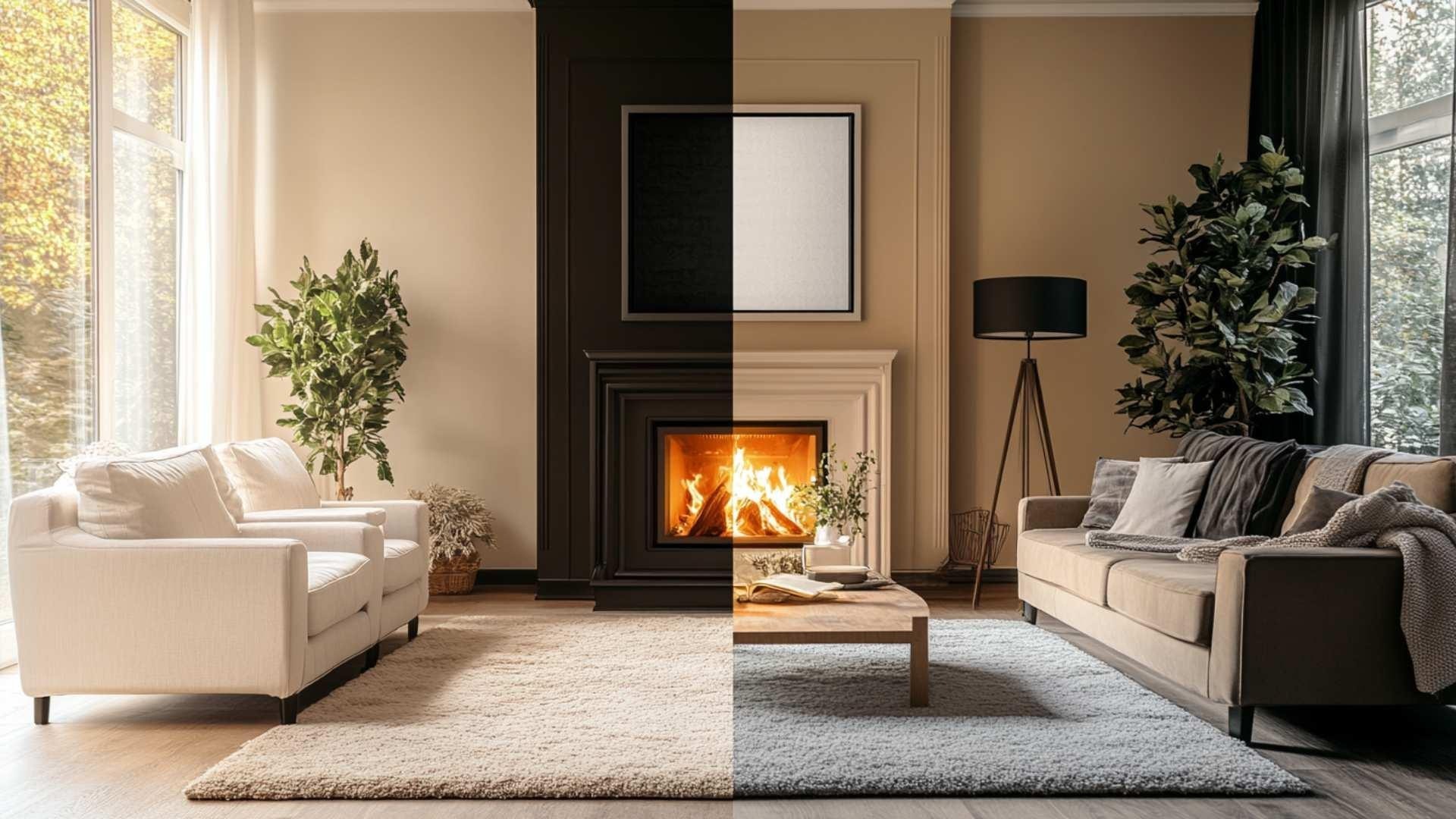
2. The Role of Color and Light in Creating Balance
The 60-30-10 Rule: 60% dominant color (walls, floors), 30% secondary color (furniture), and 10% accent color (decorative elements).
Lighting matters: Too much bright light can feel harsh, while soft lighting adds warmth and intimacy.
Practical Example
A beige living room (60%), a sage green sofa (30%), and ochre-colored pillows (10%) create a cohesive and relaxing space.
_e5c60a5ec7_.jpg)
3. The Right Distribution of Elements
Leave breathing space: Avoid overcrowding furniture.
Mix heights and textures: Alternating tall and low elements creates an engaging rhythm.
Practical Example
A living room with a large rug connecting a sofa and a coffee table enhances spatial cohesion.
_fd4afd86cd_.jpg)
4. Decluttering: Functional Minimalism
Select decorative objects carefully: Fewer, well-chosen pieces make a stronger impact.
Define focal points: Each room should have a main attraction, like a painting or a statement furniture piece.
Practical Example
A bedroom with a limited number of well-selected furnishings feels more relaxing than a cluttered one.
Achieving balance in interior design means carefully combining proportions, colors, materials, and spatial arrangements. When each element is thoughtfully placed, a home can transform from chaotic to a serene and aesthetically pleasing retreat.
By applying these principles, you can create an environment that feels harmonious, functional, and uniquely personal—proving that balance is the key to timeless and elegant interiors.
_3c0b1e40a1_.jpg)
_14077b47db_23.jpg)
Interior Designer since 1985
CEO & Founder, Italian Design in the World
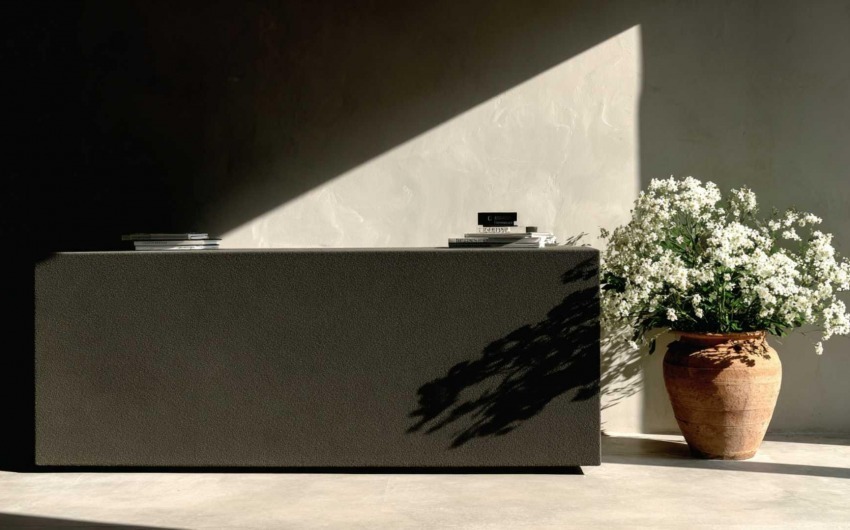
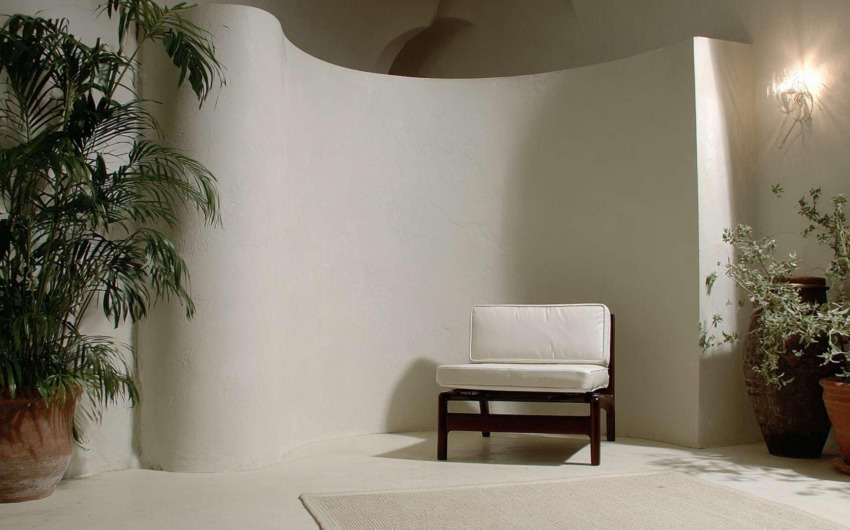
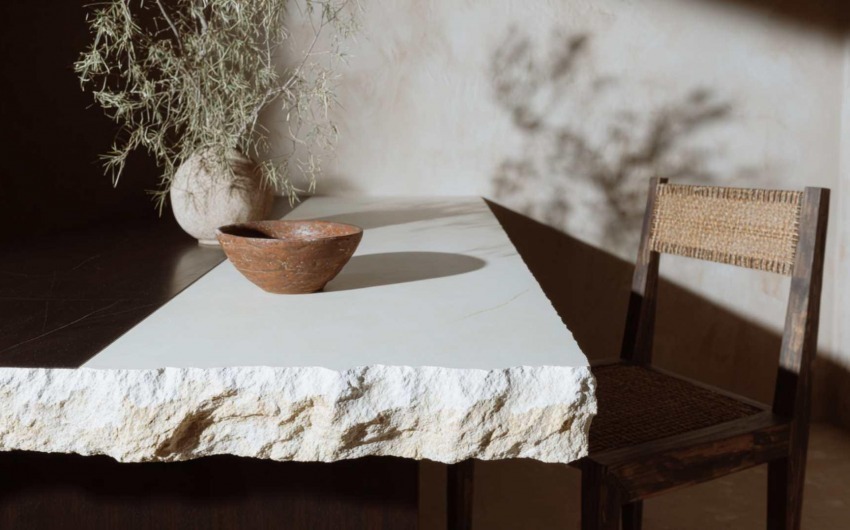
_0f565b1edb_633.jpg)
